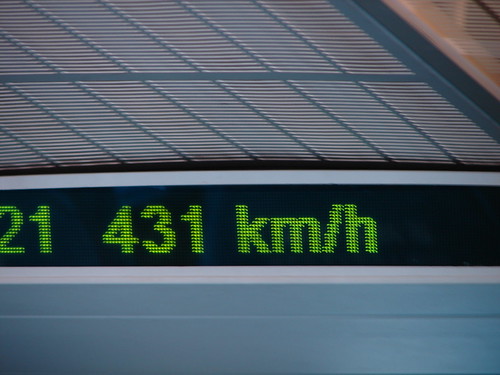Probably the most interesting recent news GreenMonk has seen comes from a research project at the US Department of Energy, reported in Computerworld: Pilot program puts “smart” houses on network that adjusts energy use to pricing.
The technology in play included wireless technologies, broadband connections and back-end systems that use a Web-enabled service-oriented architecture for linking disparate information systems.
The intent of the “intelligent smart-power grid” is to give consumers the ability to conserve energy with systems that automatically adjust to pricing. There are a number of ways in which that might work, and here’s one: In the event of a heavy electric demand period that is threatening a power outage, a clothes drier embedded with a controller could receive a signal that prompts it to turn off the drying element for a short period.
IBM was involved in the project, and its good to see Big Blue doing something that affects consumer behaviour. What I find fascinating though is not the automation – its the fact that if people have better access to information, they will adjust their behaviours accordingly. Electricity meters shouldn’t be down in the basement.
According to ARS Technica:
In effect, such technologies make both the machines and their human owners into members of what the lab calls “a collaborative, distributed, commerce-driven ‘society'”—some of the same terms used to describe the many “Web 2.0” destinations. In this case, though, the purpose isn’t to create the Internet’s most tech-savvy collection of minds (see the Ars OpenForum for that) but to create a “shock absorber” for the national power grid; saving money for consumers is simply a byproduct of that process.
There is an extremely cool product out there which makes electricity use manifest – the Wattson. They have a cool slogan too- DIY Kyoto.

People are perfectly capable of making intelligent, well-formed decisions, if they have the relevant tools. Bringing meters out into the open is going to be a big part of the changes societies make over the next few years. I love a quote from the Guardian story:
“Our kids are saying that they are helping to stop the ice caps melting,” she said.
My little boy is only two years old, so perhaps I am not best equipped to comment yet, but as I understand it having kids pester their parents to turn off lights – usually only happens once they have left home and are paying the bills…
special thanks to Mike Gunderloy, who sent me a link to this story through Twitter, saying it was “greenmonky”. he was right.







